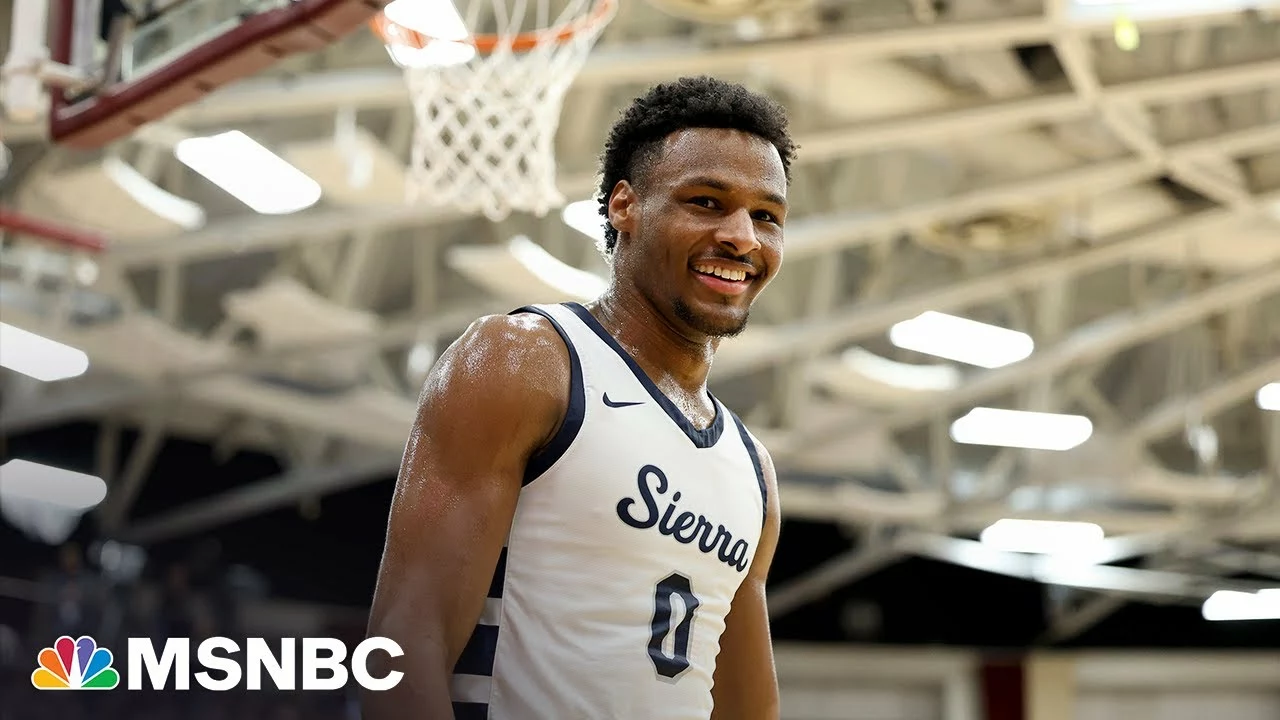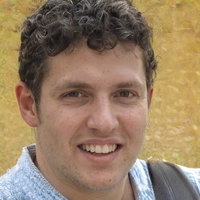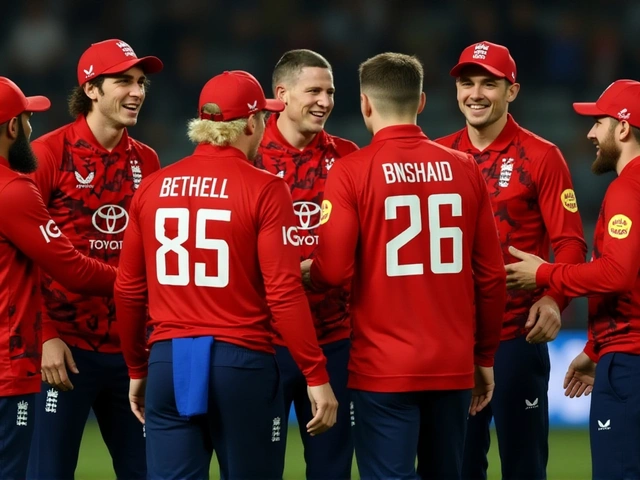Understanding the Phenomenon: Cardiac Arrest in Young Athletes
The unexpected demise of a young, seemingly fit athlete seemingly in peak physical condition always sends shockwaves throughout the sporting community. I can distinctly remember the shock and confusion that reigned supreme when the news of sudden cardiac arrest taking young athletic lives started making the rounds. Such grim stories raise questions about the inherent paradox – how can individuals, so fit, so young, become victims to conditions mostly associated with sedentary lifestyles and old age? So let's get our detective glasses on and investigate why some young athletes suffer cardiac arrest.
In this journey, we will be exploring the nature of cardiac arrest, the mechanisms behind its occurrence in young athletes, potential identifiable risks, and finally, look at measures to prevent these unfortunate incidents. Along the way, we’ll also tackle some myths and misconceptions that surround this subject.
A Deep Dive into the Heart: Understanding Cardiac Arrest
Quite frequently, we confuse terms like heart attack, cardiac arrest, and heart failure to mean the same thing. But in reality, they’re quite distinct. The heart, as we know, is one of the most critical organs of the body – the veritable engine that keeps us running. When this engine fails to 'ignite', it's what we call cardiac arrest.
Cardiac arrest is a condition where the heart suddenly stops pumping blood to the body. It's like an unexpected power outage. The heart's electrical system malfunctions, disrupting the rhythm, leading to an immediate loss of heart function, breathing, and consciousness. It's a critical emergency that requires immediate attention.
In stark contrast, a heart attack is more like 'engine trouble.' It's a circulation problem, where blood supply to a part of the heart muscle is blocked. While serious, a heart attack usually gives warning signs, allowing for some time to intervene.
Clearing this distinction sets the stage for unraveling why athletes, young and apparently healthy, can be susceptible to sudden cardiac arrest.
The Paradox Unveiled: Tracing the Causes of Cardiac Arrest in Athletes
We tend to associate athleticism with a healthy heart due to the volume of exercise and physical activities involved. However, there's a crucial fact that's often overlooked. The heart is just like any other muscle in our body that contends with stress and strain. While exercise certainly keeps the heart healthy, strenuous, excessive training can put excessive stress on this vital organ, sometimes with dire consequences.
Sudden cardiac arrest (SCA) in athletes is usually traced back to silent, often genetic cardiovascular diseases that may not manifest any symptoms. Hypertrophic cardiomyopathy, a condition where the heart muscle becomes abnormally thick, making it harder for the heart to pump blood, is a common culprit. Another condition is Arrhythmogenic Right Ventricular Cardiomyopathy (ARVC). Here, the heart muscle is replaced by fat and fibrosis, causing abnormal heart rhythms and sudden death. Congenital abnormalities of the coronary arteries may also cause a sudden cardiac event during extreme exercise.
Though rare, young athletes can also develop conditions like myocarditis, an inflammation of the heart muscle caused by viral infections that can lead to SCA under physical stress.
Foreseeing the Unseen: Identifying Potential Risks and Symptoms
While it's starkly challenging to predict a potential cardiac event, certain warning signs can act as red flags. Symptoms like unexplained fainting, shortness of breath, chest pain, excessive fatigue, or unexplained seizures during exercise may suggest a potential underlying problem. However, the absence of these symptoms doesn't necessarily establish the absence of risk, and this is where regular screenings play a pivotal role.
Cardiac screenings, especially for athletes, go beyond routine physical examinations. These include electrocardiograms (ECGs) to map the heart's electrical activity, and if required, echocardiograms (an ultrasound for the heart) to trace any structural disorders. While there's an ongoing debate on the routine use of ECGs in sports screenings due to the possibilities of false positives, the potential of these tests to foresee a potentially fatal event is undeniable.
Prevention Better Than Cure: The Need for Appropriate Measures
The first step towards prevention is awareness. Any competitive sports regime should have a comprehensive understanding of the athlete's medical and family history. Remember, most underlying issues leading to sudden cardiac arrest are genetic. So a thorough background check and understanding one's genetic risk is vital.
The next step is screening. While cost and complexity influence routine ECGs, organizations worldwide are considering cost-effective methodologies for efficient large-scale screenings.
Education, not just for athletes, but also for coaches, trainers, and even spectators, is key. Basic understanding of symptoms and immediate response systems - like administering CPR or using defibrillators - can save lives in critical moments before professional medical help arrives.
Finally, balancing competitive spirit and health is crucial. Yes, pushing limits is inherent to sports, but recognizing that the human body has a breaking point is equally important. Adequate rest, stress management, and hydration are essential aspects often overshadowed by the hustle of sporting events. Remember - sports foster health and wellbeing, and that's a premise we should never lose sight of.
What surprises me, in the end, is the baffling paradox that health and potential health risks can exist side-by-side, in bodies trained to embrace rigorous routines. But then again, life is seldom a straight road, and as long as we have the will to seek, we'll find ways to negotiate the tricky bends!






